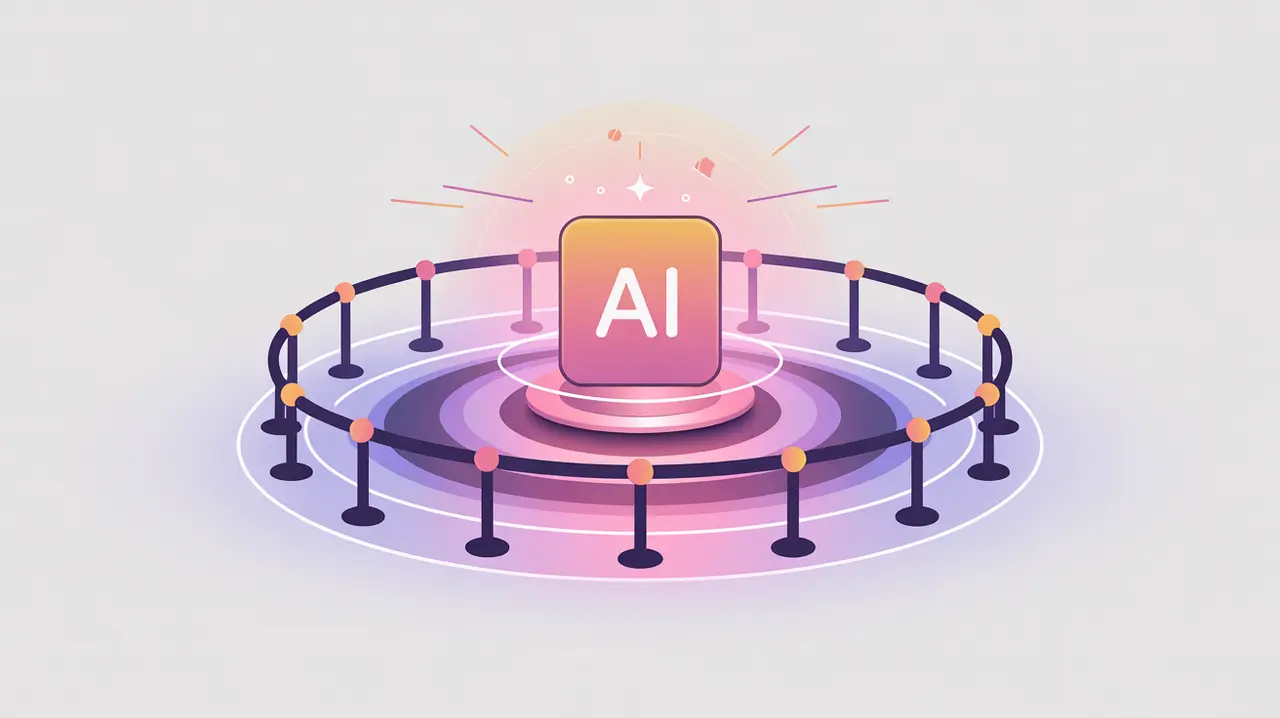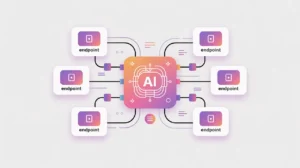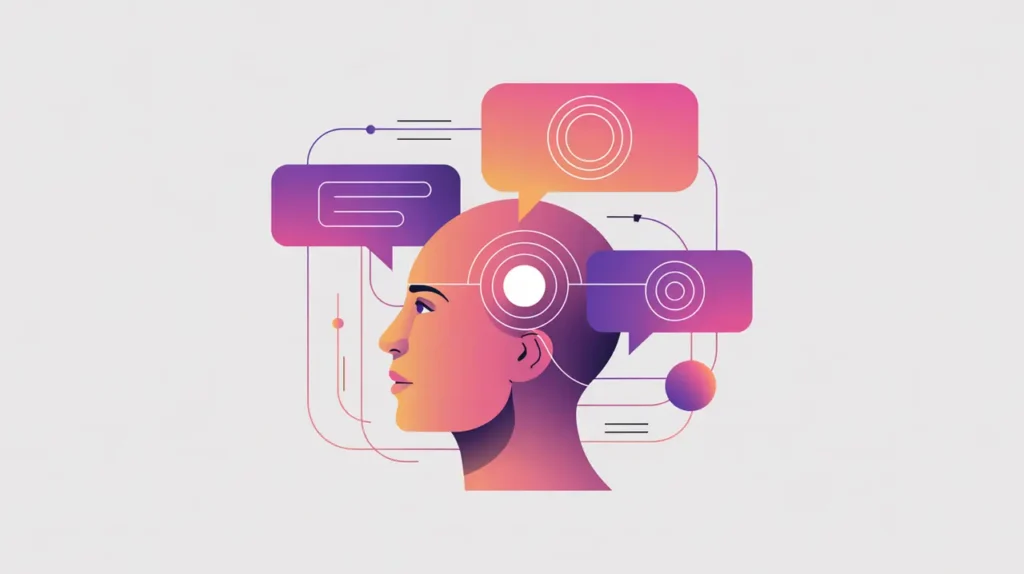Importance of Guardrails for AI
Guardrails for AI are the safeguards, policies, and technical mechanisms that keep artificial intelligence systems operating within safe, ethical, and intended boundaries. Their importance today reflects the accelerating adoption of AI across critical sectors like health, education, finance, and humanitarian work. As these systems become more powerful and more widely available, organizations and governments are recognizing that without explicit guardrails, AI can produce harmful, biased, or unsafe outputs.
For social innovation and international development, guardrails matter because mission-driven organizations often work in contexts where risks are magnified. Communities may lack the resources to recover from mistakes, misinformation, or breaches of trust. By building and enforcing guardrails, organizations can ensure that AI advances inclusion, accountability, and safety.
Definition and Key Features
Guardrails for AI encompass a mix of technical controls, governance frameworks, and ethical standards. Technical guardrails include filters that block disallowed content, alignment techniques that shape model behavior, and monitoring systems that detect misuse. Governance guardrails come in the form of regulations, organizational policies, and sectoral guidelines. Ethical guardrails are grounded in principles such as fairness, transparency, and respect for human rights.
Guardrails are not the same as limitations in model design, which may arise from lack of data or compute. Nor are they simply “content filters.” They represent deliberate decisions about where AI should and should not go, balancing innovation with responsibility. Their design is a collective process involving developers, policymakers, civil society, and the communities most affected by AI.
How this Works in Practice
In practice, guardrails are implemented at multiple levels. At the system level, developers use reinforcement learning from human feedback, adversarial testing, and content moderation to prevent unsafe outputs. At the organizational level, teams set protocols for deployment, define escalation pathways, and establish accountability mechanisms. At the policy level, governments and international bodies create frameworks for data protection, ethical AI use, and cross-border accountability.
Effective guardrails require ongoing iteration, because risks evolve as technologies advance. Overly restrictive guardrails may stifle innovation or make tools less usable, while insufficient guardrails leave communities exposed to harm. Finding the balance requires dialogue across disciplines, sectors, and geographies, ensuring that safety mechanisms are not just imposed from the outside but co-created with those most affected.
Implications for Social Innovators
Guardrails for AI are critical in development contexts where the consequences of failure are high. In education, they prevent tutoring systems from delivering harmful or inappropriate content to students. In health, they ensure clinical decision-support tools provide evidence-based guidance rather than unsafe recommendations. In humanitarian response, guardrails protect sensitive community data from misuse.
Guardrails help organizations deploy AI confidently, protecting communities while sustaining trust in mission-driven applications.







